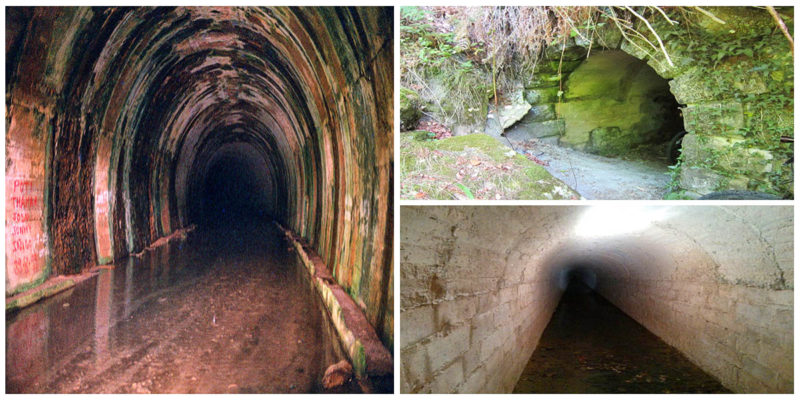This railway was built with one purpose in mind, to connect the proveniences of Burgos and Cantabria by passing right underneath the Cantabrian mountains. The Spanish Government made a proposal for a rail line to be constructed to connect the Mediterranean Sea and the Bay of Biscay in the northeastern Atlantic Ocean.
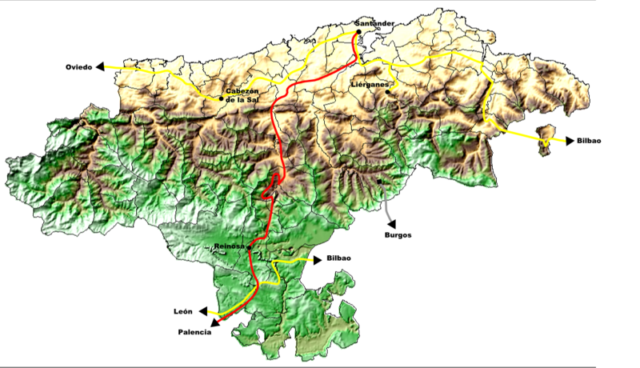
The project started as a section of the Santander–Mediterranean railway. The very beginning of the plans for this railway began in the 19th century, but it was not until 1925 that actual blueprints were laid on the table and work commenced.
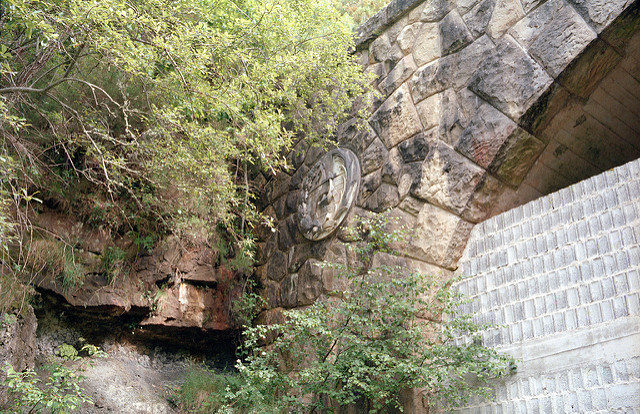
It all took part during the leadership of Miguel Primo de Rivera. It was a major project, and by the mid-20th century, the part of the railway that spread all the way to Dosante was successfully finalized. But the most difficult part still remained. There were around 60 kilometers left before the railway reached Santander.
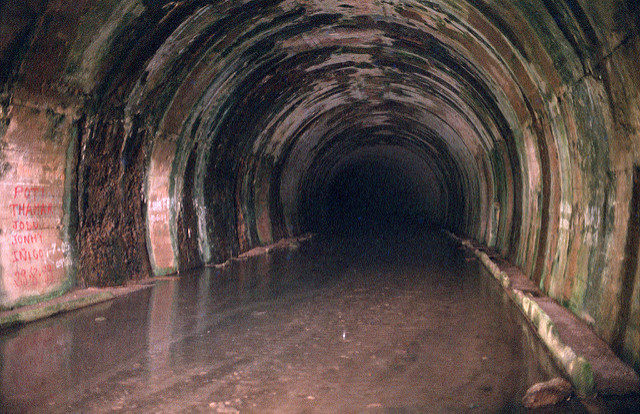
Along those 60 kilometers, there was supposed to be around 30 tunnels, one of which was the Engaña Tunnel. Construction ceased during the Spanish Civil War, but afterward, the firm Ferrocarriles y Construcciones ABC was employed to complete the tunnel.
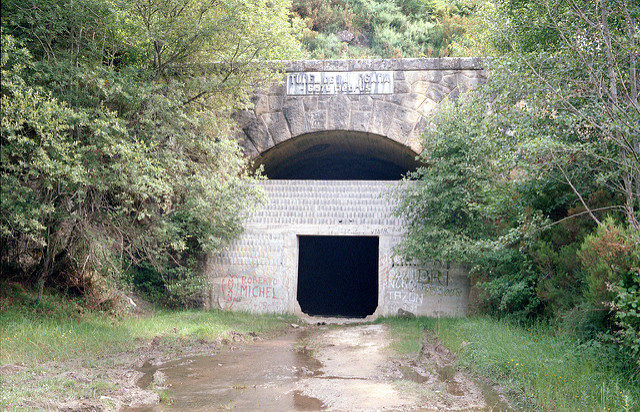
But boring tunnels is a difficult job which requires a lot of manpower. They decided to use the workers from the labor camps. And so nearly 600 laborers were used during the construction of the tunnel.
Many of those who were interned in the labor camps had fought for the Republicans during the Civil War, which was won by Franco’s nationalists. After just half a kilometer of construction, many of the workers were freed by a government pardon.
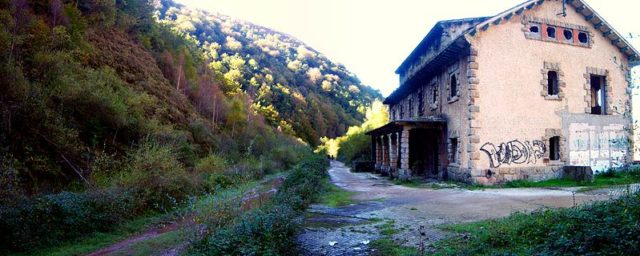
At least sixteen workers died during construction over a period of 8 years between 1951 and 1959. There are no records of how many died during the initial phases of construction.
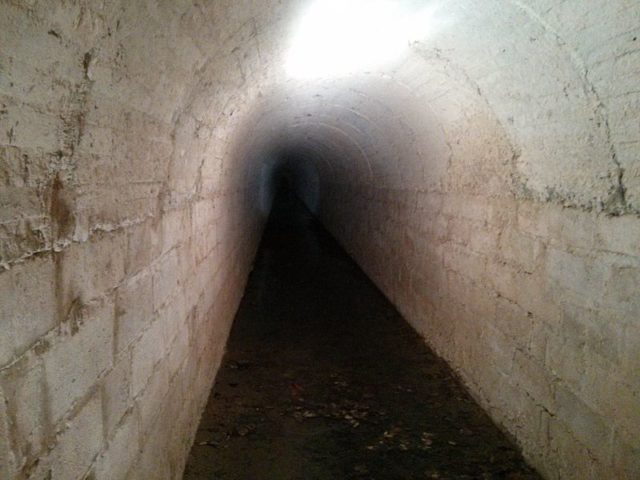
Many of the workers later died from a lung disease called silicosis caused by inhaling crystalline silicon dust. With less than 30 kilometres to go and the tunnel itself completed, the project completely halted. Because the project was paused, the tracks were never laid in the tunnel. One of the reasons behind the whole cancellation of the project was constraint on public investment.
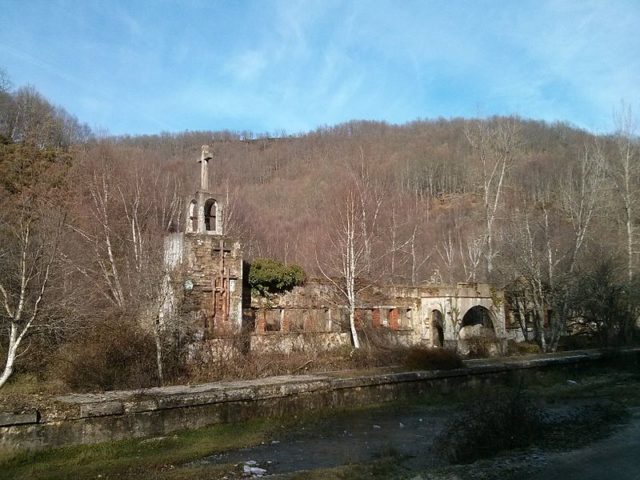
Further investigation shows that the project was not the most efficient method of connecting the Mediterranean Sea with the Bay of Biscay. Road transport had developed rapidly, and historians believe that the rail line was actually commissioned as a result of political corruption.
Over half a ton of explosives were used to complete the tunnel, which had a length of approximately 7 kilometres. The steel support for the structure was inadequate, which caused the tunnel to collapse in places. The tunnel remains empty and abandoned to the elements and continues to deteriorate.
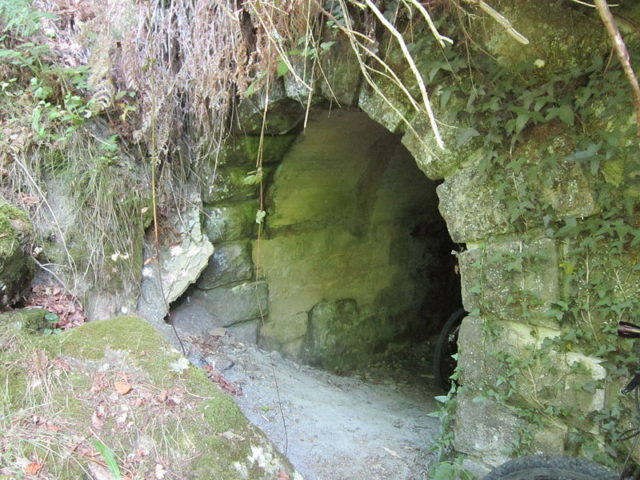
Time has taken its toll, and the tunnels have become too dangerous for visitors. Some sections have collapsed and the entrance is now closed.
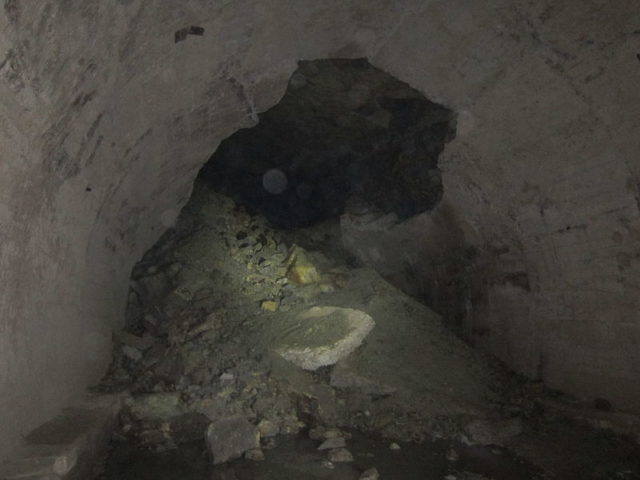
The tunnel continues to deteriorate, and with the poor conditions and flooding, there is a strong risk of further collapses.
